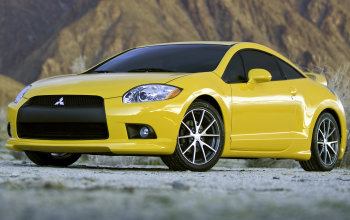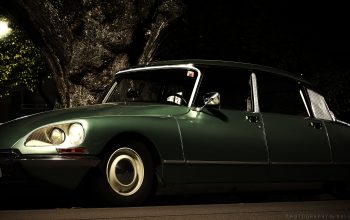A young, aspiring man named Christian created one of the best hypercars to mark its skids on this planet, the Koenigsegg CC series.
History is filled with great success stories with wonderful results, and Christian von Koenigsegg’s journey to make one of the fastest cars of all time is certainly among them. Founded in 1994, Koenigsegg set out to write their name down in history for speed accompanied with simplicity and fun. So sit back, grab a cup of your favourite drink and dive in to this glorious story.
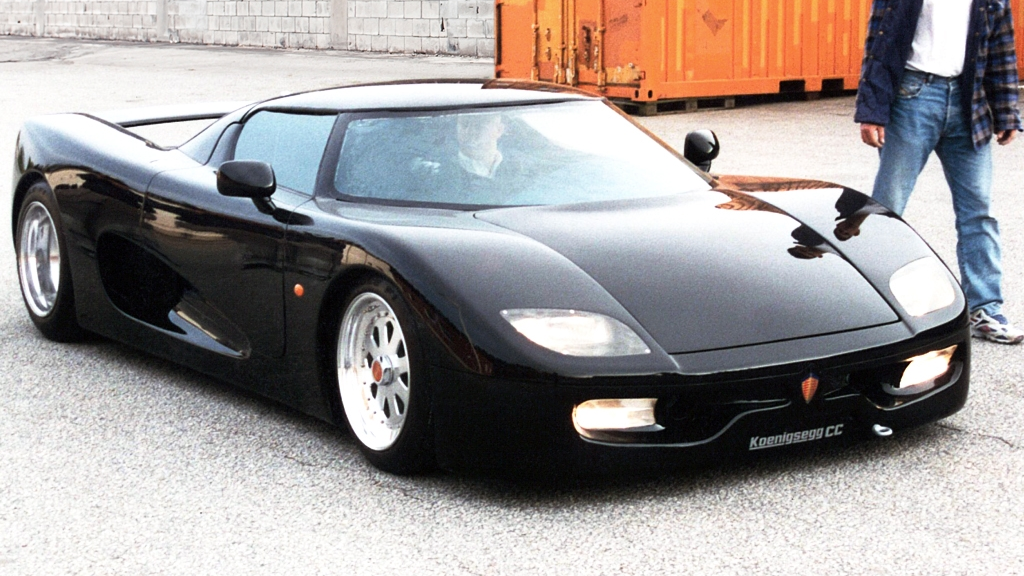
Koenigsegg CC Concept (1994-1999)
The original, 1994 Koenigsegg CC was the signal of the beginning of a new era for the supercars. Aiming to beat the McLaren F1’s 386 km/h (240 mph) top speed, the CC was the prototype phase of the CC8S, the rst production Koenigsegg that stirred up the hive of the aim for terminal velocity. The CC was initially powered by a 4.2 Audi V8, but Christian von Koenigsegg later decided to use a better tunable engine, since their aimed power output was beyond the normal capabilities of the engine, and Ford Modular V8 engines were eventually used, which produced 500 HP and 368 lbs-ft of torque. The CC laid down the foundation for the design of the Koenigseggs for more than a decade, featuring the iconic curvy and streamlined design and trademark ”dihedral helix syncro actuation” doors that open vertically. Three prototype models were made and a new CC Concept with newer styling was released in 2000 as a foreshadowing of the brutally powerful and capable production version, CC8S.
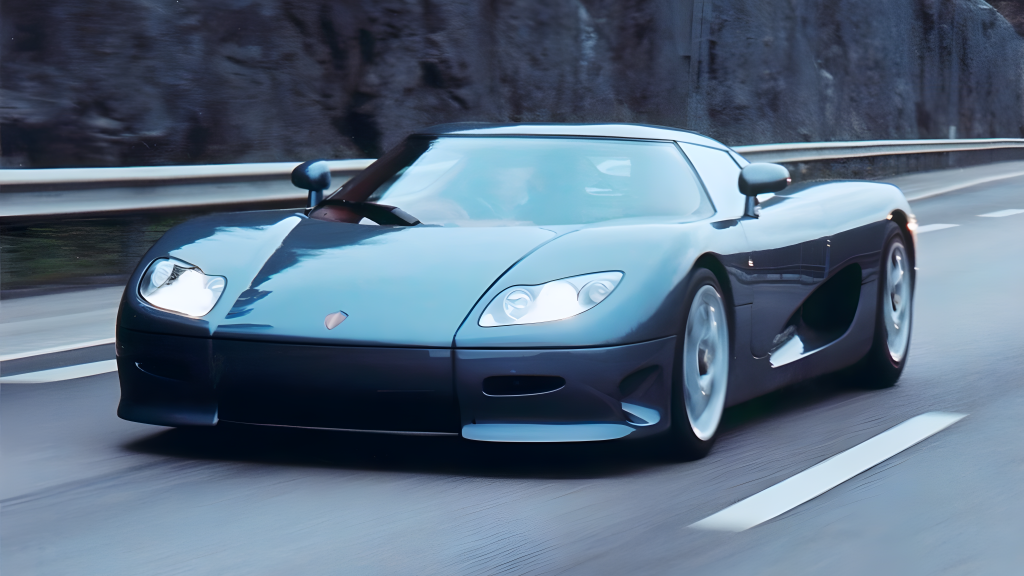
Koenigsegg CC8S (2002-2003)
The first production Koenigsegg, the CC8S, was revealed in 2002. This was the beginning of a surge of success for the brand as the car gained recognition through Top Gear in which Jeremy Clarkson tested it and praised it for its brute and raw driving experience and did 280 km/h (174 mph) in the Top Gear test track. The reason behind this immense power of the CC8S was its supercharged 4.7 Ford Modular V8 which produced 655 HP and 553 lb⋅ft of torque, huge numbers for the time, and the result was just as great as well, as the CC8S accelerated from 0 to 60 in under 3.5 seconds and had a top speed of 390 km/h (242 mph), which was faster than the McLaren F1. These numbers made the CC8S the fastest car in the world upon its release. It was light too, the body was made from carbon fiber that’s reinforced with kevlar and the subframe the engine was planted on was aluminium. This resulted in a curb weight of just 1175 kg (2590 lbs). However, arguably the best thing about it was that it had a 6-speed manual gearbox, so you had all that power in your own hands to control. Blissful experience that is hard to acquire nowadays.
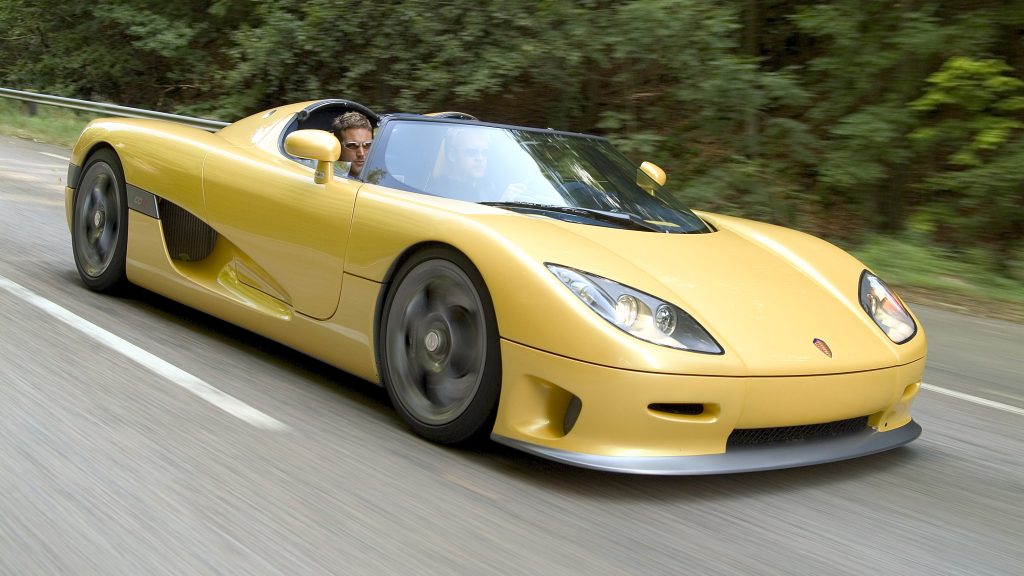
Koenigsegg CCR (2004-2006)
The CCR was the second iteration of the CC series, produced between 2004 and 2006, replaced by the CCX. The CCR was not radically different from the CC8S visually, but it was improved with bigger front splitter and bigger tires. The engine was upgraded as well, it used the same V8 from the CC8S but it had two turbos slapped to it instead of one which, quite simply, humongously upped the power to a monstrous 806 HP and 679 lb⋅ft of torque, which made it the most powerful production car until the Veyron took the throne. The CCR accelerated from 0 to 60 in 3.2 seconds and had a theoretical top speed of 395 km/h (245 mph). Two special editions of the CCR currently exist, the CCR Evolution by EDO Competition which produced 890 HP, and the CCR Revo which was made in 2012 as a commission from a customer, which heavily resembles the CCXR Edition with its red skirts and splitters and a black paintjob. The CCR also broke F1’s record in the Nardo test track with a clocked speed of 387.86 km/h.
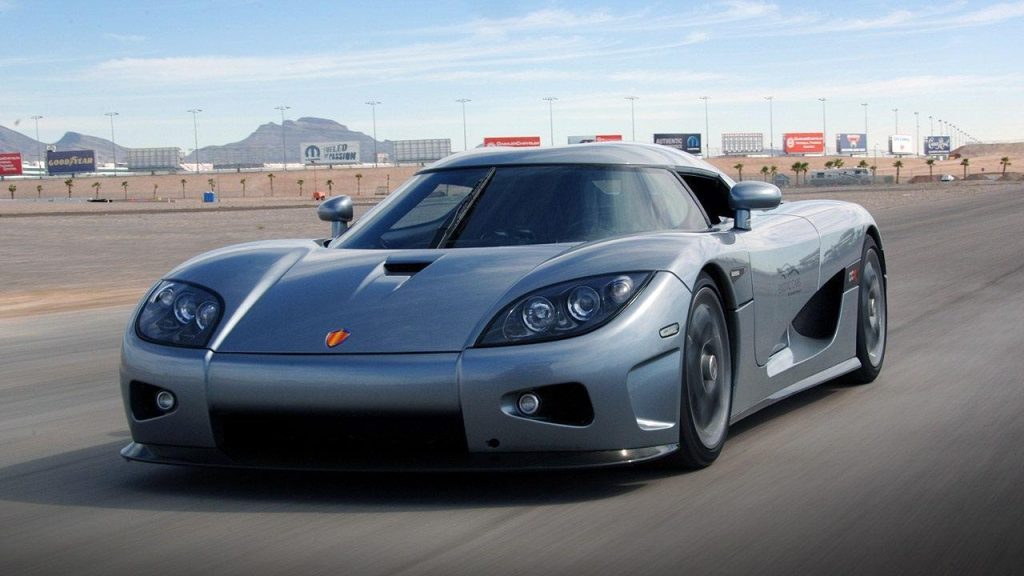
Koenigsegg CCX (2006-2010)
The CCX was the final evolution of the CC series, revealed in 2006, 10 years after the original CC was designed, hence the X in the name. The CCX was a completely new Koenigsegg model; it had a new styling that still kept the soul of the original and it was powered by Koenigsegg’s own 4.7L twin-supercharged V8 producing 806 HP and 679 lb⋅ft of torque with 91 octane petrol. CCX also kept the brutal nature of the previous cars as it still retained the 6-speed manual gearbox, which made the car even more terrifying to drive considering how much power you have a control of, it also had a 6-speed sequential as an option. The CCX is also widely known its Top Gear power lap in which The Stig crashed it after losing control thanks to downforce issues on the model the icon driver drove in. Koenigsegg later learned a lesson from the crash and put a spoiler on the back which improved downforce. The way the body is built was same as the other models, it featured a kevlar-reinforced carbon fiber body, but various changes were made to comply with US regulations as Koenigsegg sought to sell it worldwide. People probably thought CCX just couldn’t be better back then, but Koenigsegg’s toybox was far from empty, and the most powerful, most extreme model of the CC series emerged: the CCXR and a hardcore, bare carbon fiber version, the CCXR Edition.
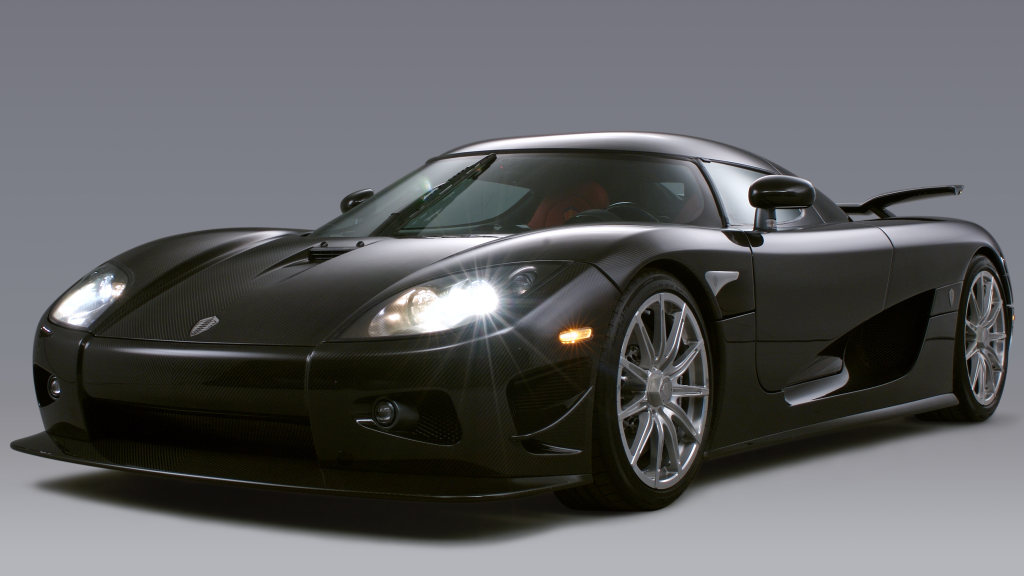
Koenigsegg CCXR Edition (2008)
The most powerful and lightest of the CC family, the CCXR Edition was unveiled in 2008, limited in only 4 units. Like the standard CCXR, it is powered by the remapped 4.8L twin-supercharged V8 which produces simply ballistic 1,018 HP and 782 lb⋅ft of torque, and the car still has a 6-speed manual gearbox and sequential as an option. It is claimed to do more than 400 km/h and hit from 0 to 60 in just 2.9 seconds. Being more of a track focused version of the CCXR, it does not have a targa roof and has a completely carbon fiber body without paintwork, exposing the beautiful black material it’s made of. Weighing just 1180 kg, it has more power-to-weight ratio than most of the cars even today. With the help of its big spoiler and splitter, it also creates an immense downforce of 350 kg @ 250 km/h, probably enough for The Stig to drive it on the track, beat anything in its way and finish a lap without crashing. But the CCXR also had luxuries like a rearview camera, satnav and bluetooth, features you wouldn’t expect to see in such a stripped out beast. CCXR was the last member of the CC family as Koenigsegg kept on building their empire with their next generation models, the Agera, and recently, Jesko.



